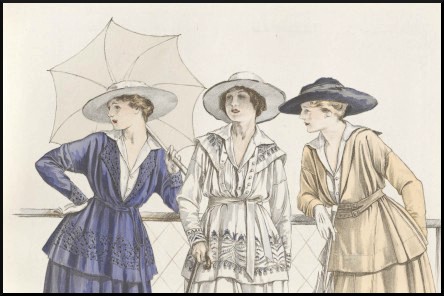H. L. Mencken? George Jean Nathan? Apocryphal?
Question for Quote Investigator: The famous curmudgeon H. L. Mencken asserted that the most daring liars were rewarded with public admiration. I do not recall the precise phrasing Mencken employed. Would you please help me to find a citation?
Reply from Quote Investigator: In 1922 “The Smart Set” magazine published a piece under the byline of H. L. Mencken and George Jean Nathan containing the following passage. Boldface added to excerpts by QI:1
The men the American people admire most extravagantly are the most daring liars; the men they detest most violently are those who try to tell them the truth. A Galileo could no more be elected President of the United States than he could be elected Pope of Rome.
The proper ascription to Mencken was clarified when the quotation appeared in his collections titled “Prejudices Fourth Series” and “A Mencken Chrestomathy”. The details are presented further below.
Here are additional selected citations in chronological order.
Continue reading “Quote Origin: The Men the American People Admire Most Extravagantly Are the Most Daring Liars”



